Consumer Electronics Show (CES) is arguably the biggest, flashiest, and easily the most overwhelming tech show of the year. Hundreds of innovators coming together, all eager to one-up the other, to be the talk of the town — it’s all about giving the power back to the consumers. Yes, we may not be able to afford even half of what’s usually on display, but that has never dampened our spirit. And CES 2020 wasn’t going to be an exception.
Held at the Las Vegas Convention Center, CES 2020 marked the beginning of the decade for tech enthusiasts, giving a glimpse of what the world might look like five or ten years from now. In this section, we’ll handpick our favorites from the tech convention, and tell you how they could change the way we live.
RELATED: Here’s the Best of CES 2020
What we eat — Impossible Pork

Before deep diving in the world of traditional tech, let’s take a step back and focus on the basics, focus on Impossible Food’s latest innovation — Impossible Pork. Last year, the California-based food company took the CES convention by storm with the introduction of Impossible Burger 2.0 — a juicy burger with a plant-based, meat-resembling patty. This year, they have moved to a higher gear by presenting a plant-based alternative to the most-consumed type of meat in the world, pork.
Reducing the consumption of pork and hence discouraging livestock farming — responsible for around 14.5% of greenhouse gas emission — can go a long way in making a positive impact on the environment. Impossible Pork, which got decent marks in taste and texture, proposes a tasty substitute to the environment-damaging pork, and we feel people are going to, at least, give it a shot.
How we play — Alienware Concept UFO prototype
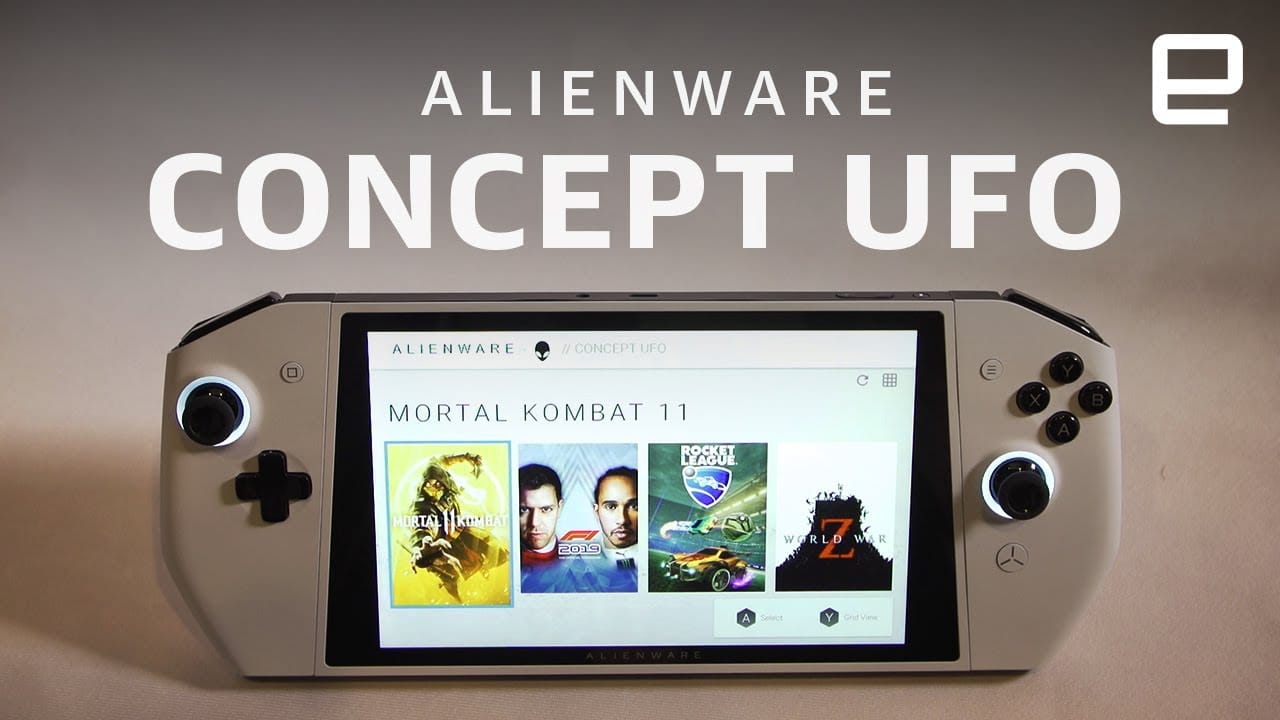
Yes, it might not be revolutionary as the previous entry, but it’s nothing short of extraordinary for the enthusiasts. Dell made the dream of full-fledged gaming laptops a reality with the introduction of the Alienware lineup. They weren’t the most portable machines in the world and offered below-par battery backup, but they successfully delivered best-in-class gaming performance. With the emergence of ASUS ROG, Razer, and MSI gaming laptops, Dell’s Alienware machines have lost their shine. Thankfully, Dell has a brilliant ‘hail mary’ in place.
Revealed at CES 2020, Alienware UFO (Concept), is essentially a powerful Windows 10 tablet, which comes with removable paddle-like controls on either side. It looks identical to the Nintendo Switch but has enough juice to run Windows games. Unfortunately, the company has kept the spec-sheet and pricing under wraps. So, we’ll have to wait a little longer for further details.
How and what we pet — Samsung Ballie and Jennie

Arnold Schwarzenegger’s Terminator series wasn’t too kind on us humans, showing all the pitfalls of handing the keys to the world to advanced AI-powered robots. Thankfully, we are a long way from meeting our fate like in Terminator. So, currently, the focus is on making constantly-improving AI units and turning them into perfect assistants.
While Google’s winning the AI scene in terms of software development, Samsung seems to have pledged to lead the race in hardware innovation. At CES 2020, the South Korean OEM showed off a tennis ball-resembling, bright yellow, rolling robot named Ballie. Samsung claims users in 2020 want everything to be as personalized as possible. And Ballie, which is capable of aiding everything from your exercise routines to capturing precious family moments, is Samsung’s acknowledgment of what people want.
While Samsung showcased an unusual implementation of AI, Tombot showed a perfect demonstration of a lifeless therapy dog. Tombot’s latest, Jennie the therapy dog, has been created to help people with depression, anxiety, and other similar mental ailments. It doesn’t run around the house like many other Robo Dogs, but its touch sensors, voice recognition, and seven facial motors combine effortlessly to deliver reassuring companionship.

How we compute — Intel’s Horseshoe Bend
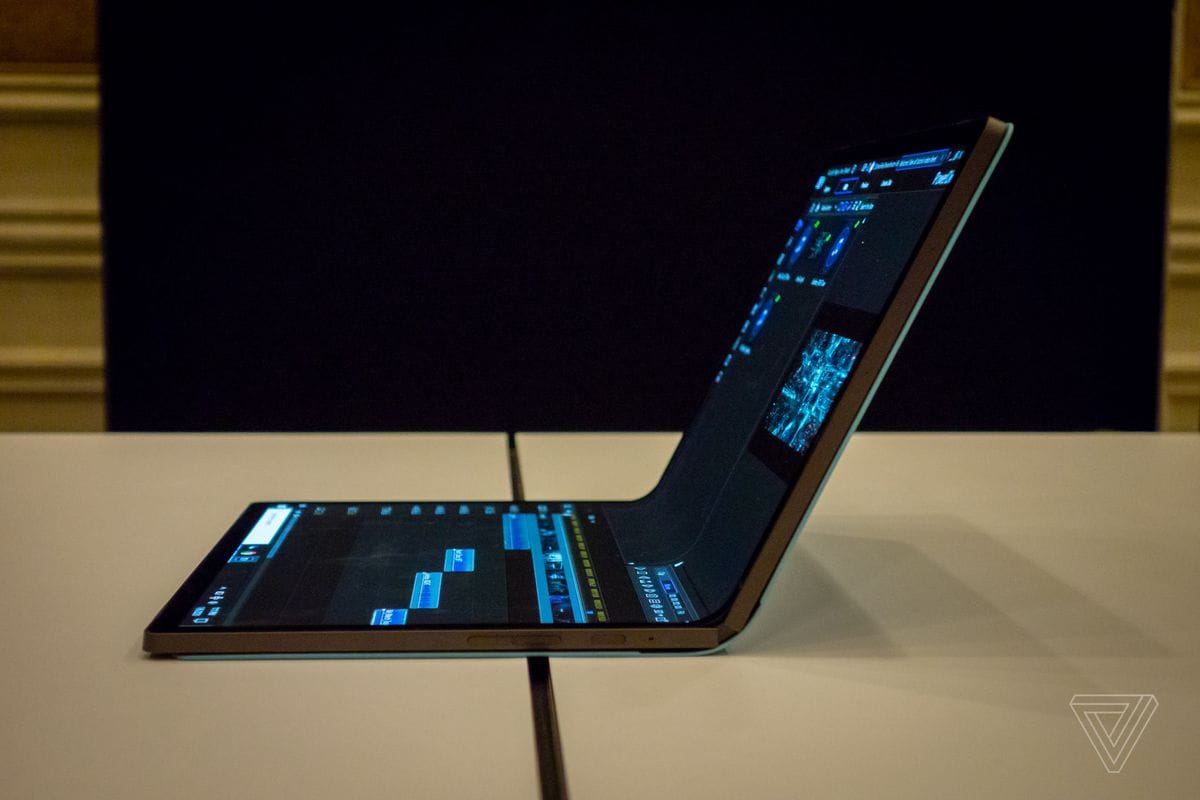
Since late 2018, foldable screens have been steadily creeping up the ladder. Samsung’s Galaxy Fold, Motorola’s Clamshell Moto Razr, and even TCL’s Foldable 5G — revealed at CES 2020 — demonstrates the emergence of foldable screens in smartphones. Now, Intel has offered a glimpse into the future of foldables in Personal Computing.
The leading chipset manufacturer in the world, Intel, unveiled Horseshoe Bend concept at CES 2020, which can transform from a 17-inch tablet to a 12.5-inch laptop, with the top half working as your primary screen while the bottom takes shape of a traditional touch keyboard and pad. For those who aren’t comfortable using a big touch keyboard, there’s also the option of attaching a regular input device. That way, you can continue enjoying the immersive 17-inch display, transforming it into an AIO PC.
How we stream — Dabby
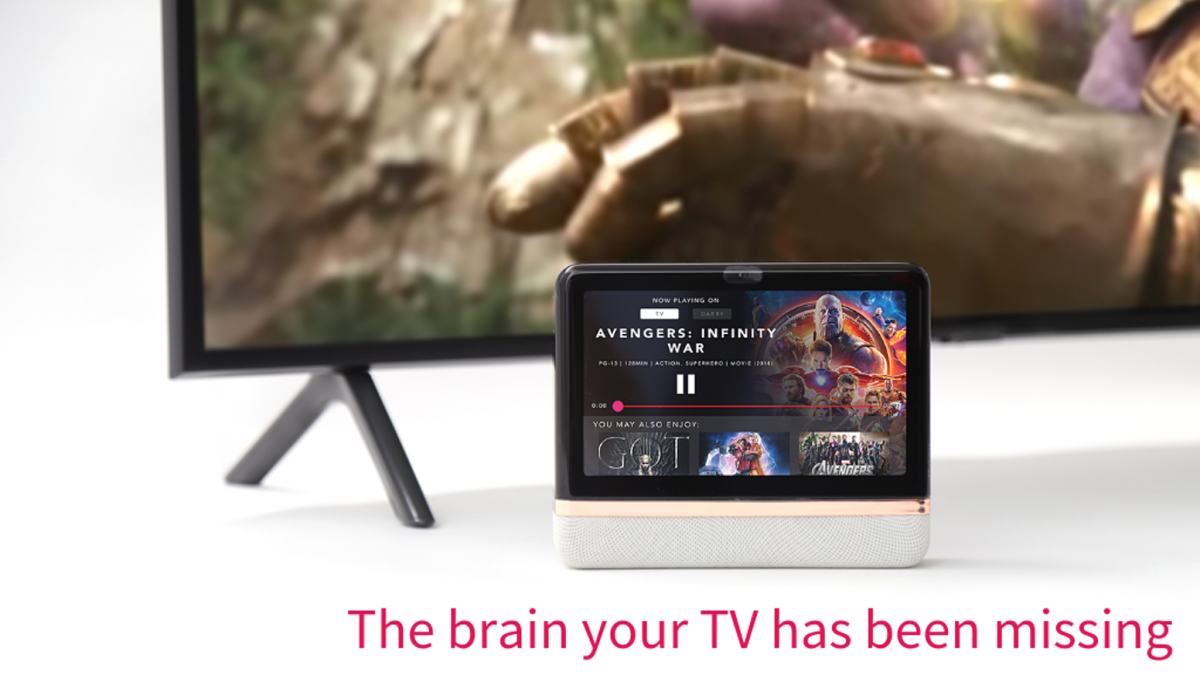
Even a couple of years back, streaming services used to be a luxury, which most of us didn’t bother checking out. We were happy with our cable TV, watching one episode per day, like “normal” people. Thanks to Netflix — among others — the definition of “normal” has been tossed out of the window.
Most of us have ditched our cable service operators, splurging to get the leading streaming services. Unfortunately, with the emergence of uncountable streaming services, finding our favorite TV shows and movies has become quite overwhelming. We waste an absurd amount of time looking for titles on different services and often end up binging the same old season of The Office for the 100th time.
Thankfully, CES 2020 has delivered a potential solution to our little problem in the form of a thick tablet. Dabby is the One Ring of streaming — binding all the services together. This AI-powered, tablet-resembling machine will do all the heavy lifting when you search for your favorite series/movie, exploring all the streaming services you’re subscribed to alongside other free sites and social media.
Dabby, which connects to a TV dongle device — just like Chromecast or Fire TV Stick, also has voice-command support. You can now pre-order the tablet-dongle pair for $400. Shipping is expected to start in March.
How we drive — Fisker, Rivian, and BMW
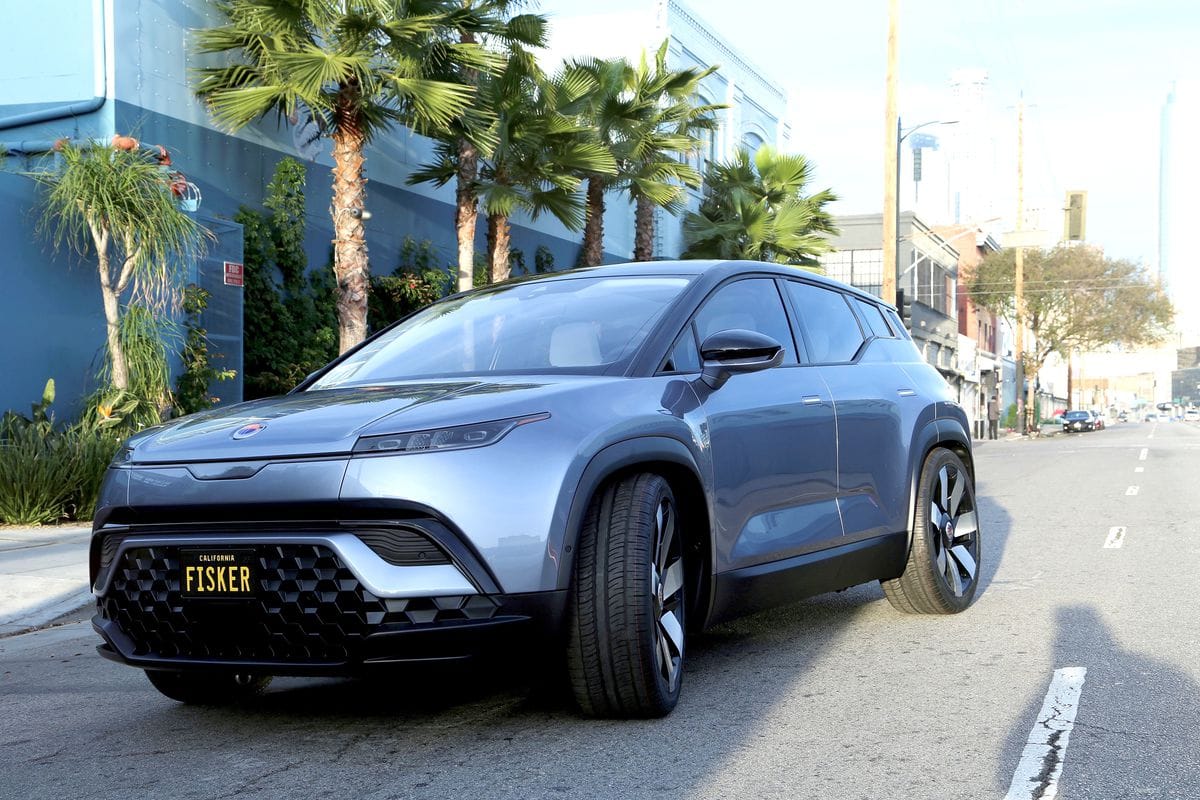
The world has witnessed some catastrophic environmental disasters over the last couple of years, and there’s one ongoing in Australia as we speak. It’s taken us an awfully long time, but many of us are finally starting to see the light, making an effort to go green.
Electric cars have been a real thing for more than a couple of years, but it’s still nowhere close to being mainstream. The pioneer in the segment, Tesla, has been breaking new ground every day, but we need others to step up as well. This year at CES 2020, BMW (iNext), Fisker (Ocean SUV), and Rivian (Electric truck) showcased heavy-duty electric vehicles that are more practical than most of the electrical options out there.
It’ll be over a year before all three vehicles see the light of day, but the growing interest in electric automobiles is certainly encouraging.











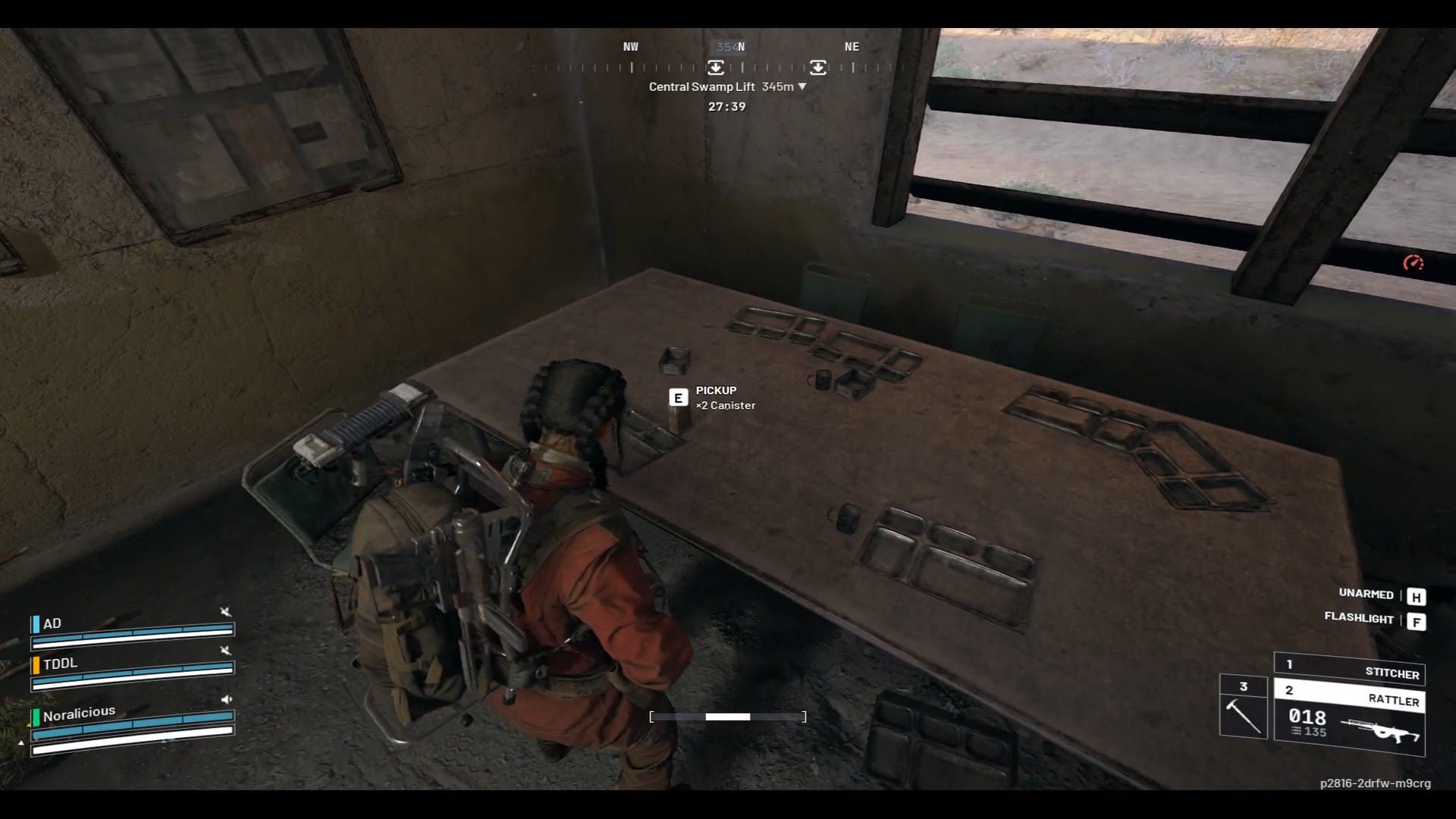
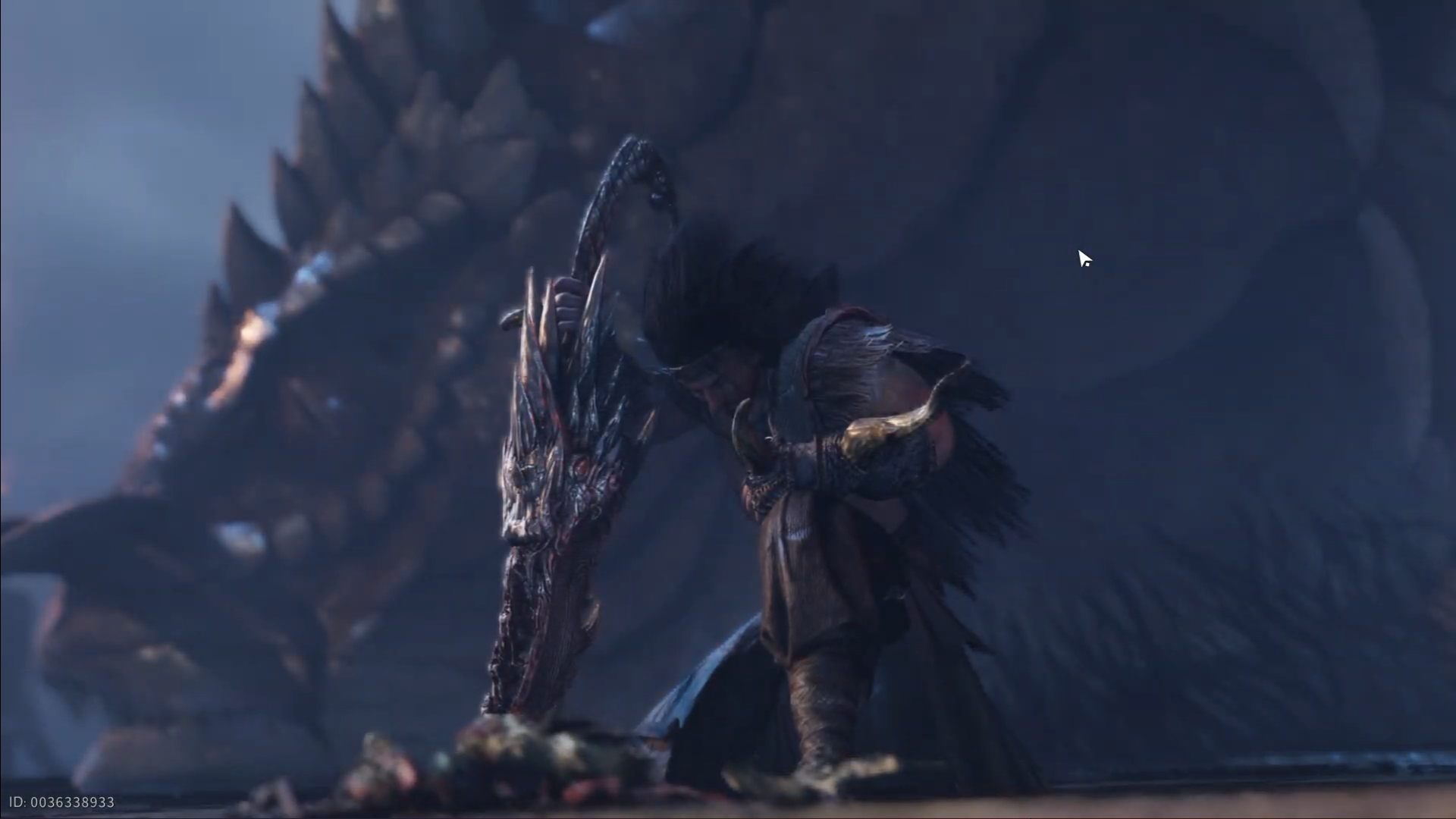
Discussion